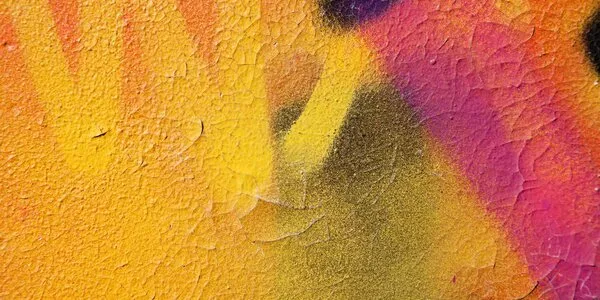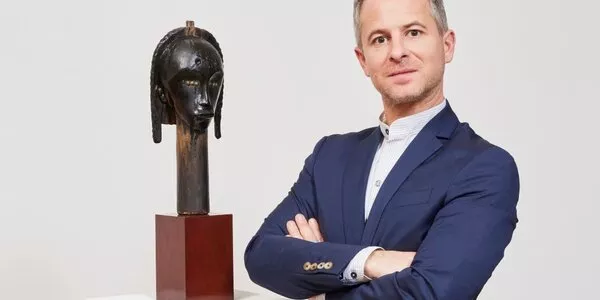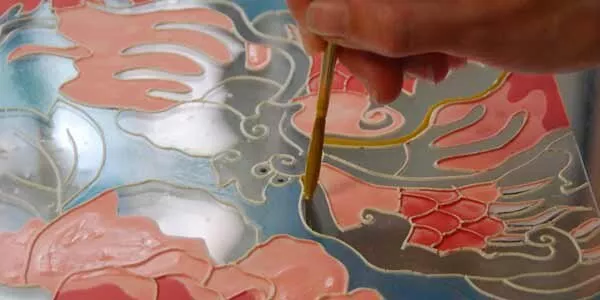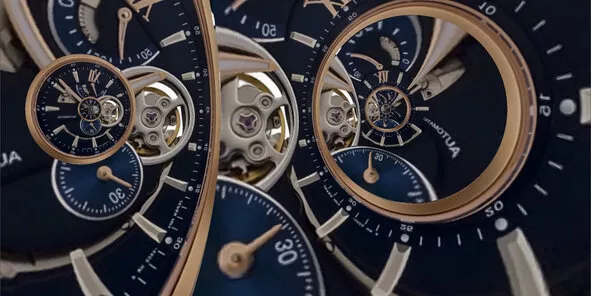
Fahamu Pecou, un artiste pluridisciplinaire

Negus is as Negus Does
In 2014, Societe Generale acquired a painting by the artist, Negus is as Negus Does, an imagined cover of The Favorite Magazine, “the first and only weekly magazine by and for colored people” published in the early 1900s. It features the artist striking the same pose as the Statue of Liberty, holding up a Yoruba statue (from Nigeria) in one hand and in the other holding what could be Notebook of a Return to the Native Land by Aimé Césaire.

Black is beautiful
Early on in his career, he produced faux covers of leading magazines such as George, Art Review, Art Newspaper, and The Favorite Magazine. With his provocative attitude and an immediately identifiable universe, the artist avails himself of the tools of hip-hop culture to question Black identity in modern-day America and the over-exposure of individuals in the media. Tirelessly multiplying representations of African American identity within our contemporary societies, his paintings, performances and academic projects make a strong statement, levelling criticism, sometimes acerbic, always imbued with humor, at certain attitudes currently observed among Black men. Fahamu Pecou’s artistic explorations also encompass a deep-reaching reflection on the splendor of the Black soul and the royal heritage of African cultures, reminding us that BLACK IS BEAUTIFUL.

A multi-faceted artist
His sources of inspiration include the memory of the struggle for civil rights led by Martin Luther King in the USA and Maya Angelou in South Africa, and the Yoruba religion, inherited from the slaves working in the cotton fields. The tribal masks and gold that adorn the figures in a number of his works reflect his determination to present African Americans other than as victim or threat, as well as referring to the police violence suffered by the Black community in recent years.
Over the last few years, Fahamu Pecou’s body of work has been influenced by his research as a Ph.D. candidate at Emory University’s Institute of Liberal Arts (ILA) in Atlanta. A multi-faceted artist who is highly active in the digital sphere, he uses videos, conferences and public performances to present his work. His work is exhibited in many public collections, including the Société Générale Collection, Smithsonian National Museum of African American Art and Culture in Washington, High Museum of Art in Atlanta, Seattle Art Museum.
More about the artist : www.fahamupecouart.com





